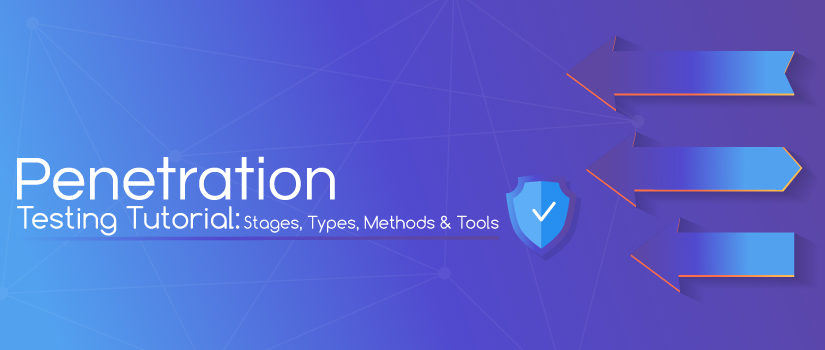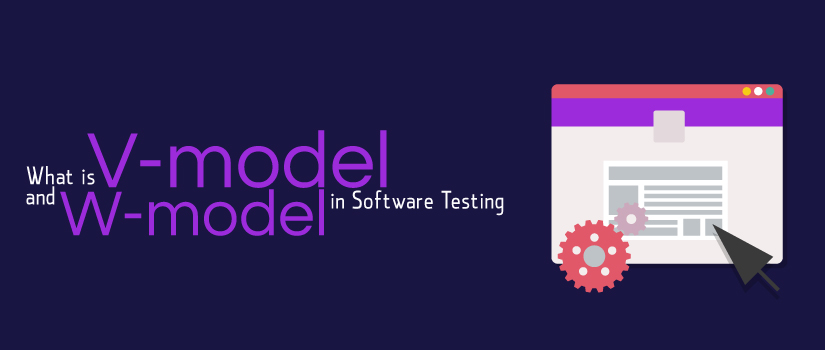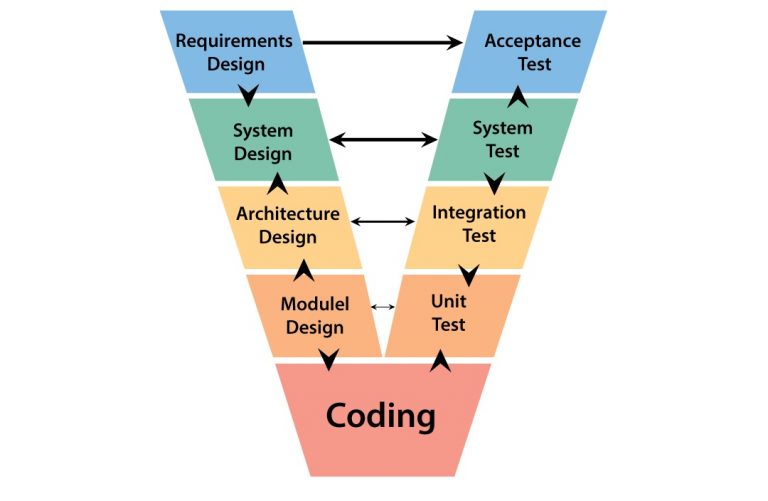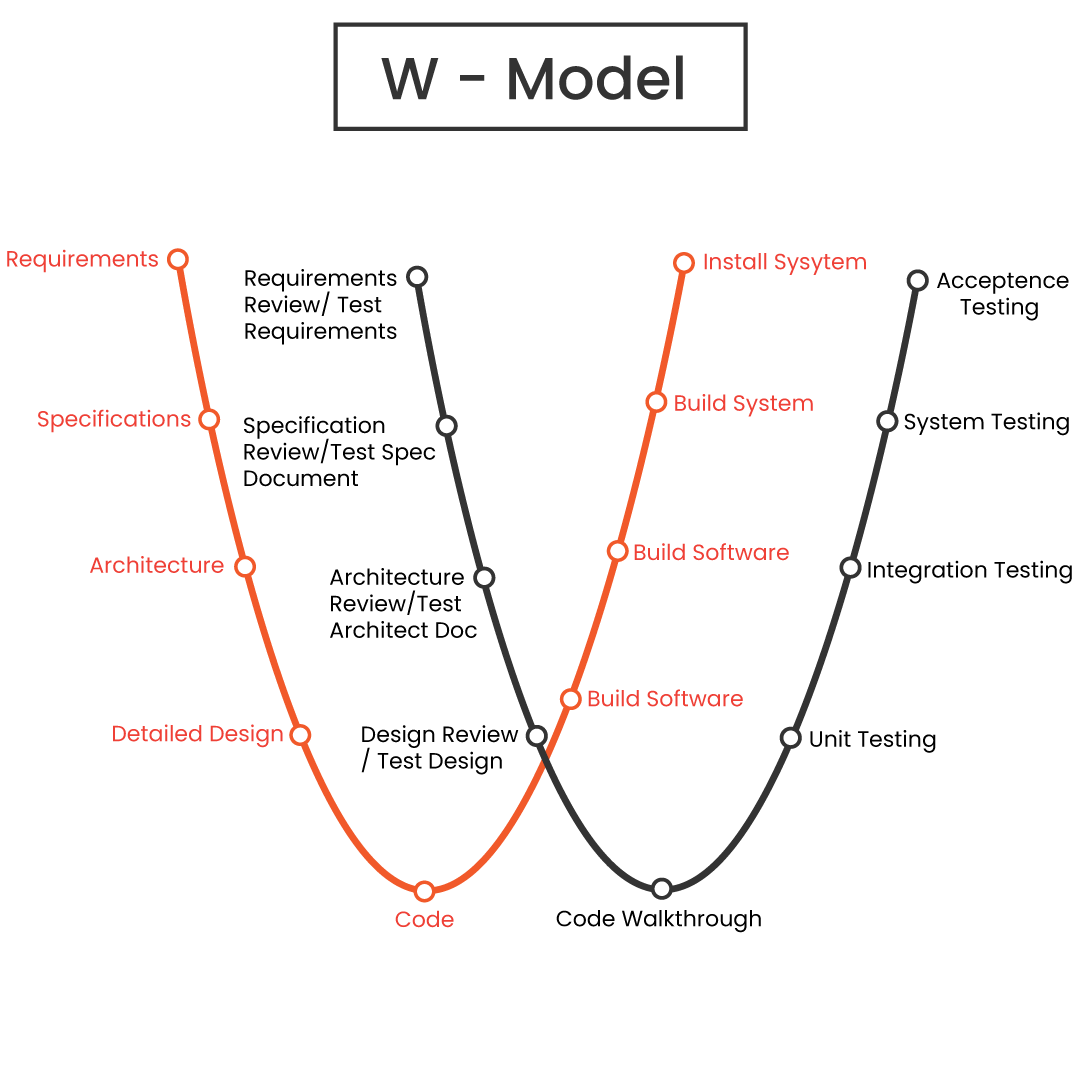Software testing is an essential part of the software development life cycle (SDLC). Playing a significant role in defining the success rate of a particular product, owing to the same reason the software testing team plays a crucial role even after the product’s development is completed
Therefore, it is important to ensure that this software testing team includes a perfect mix of talented as well as capable professionals who are also domain experts.
Being experts in the problem domain make it easier for them to create such test scripts that make it easier to identify the problem in the product.
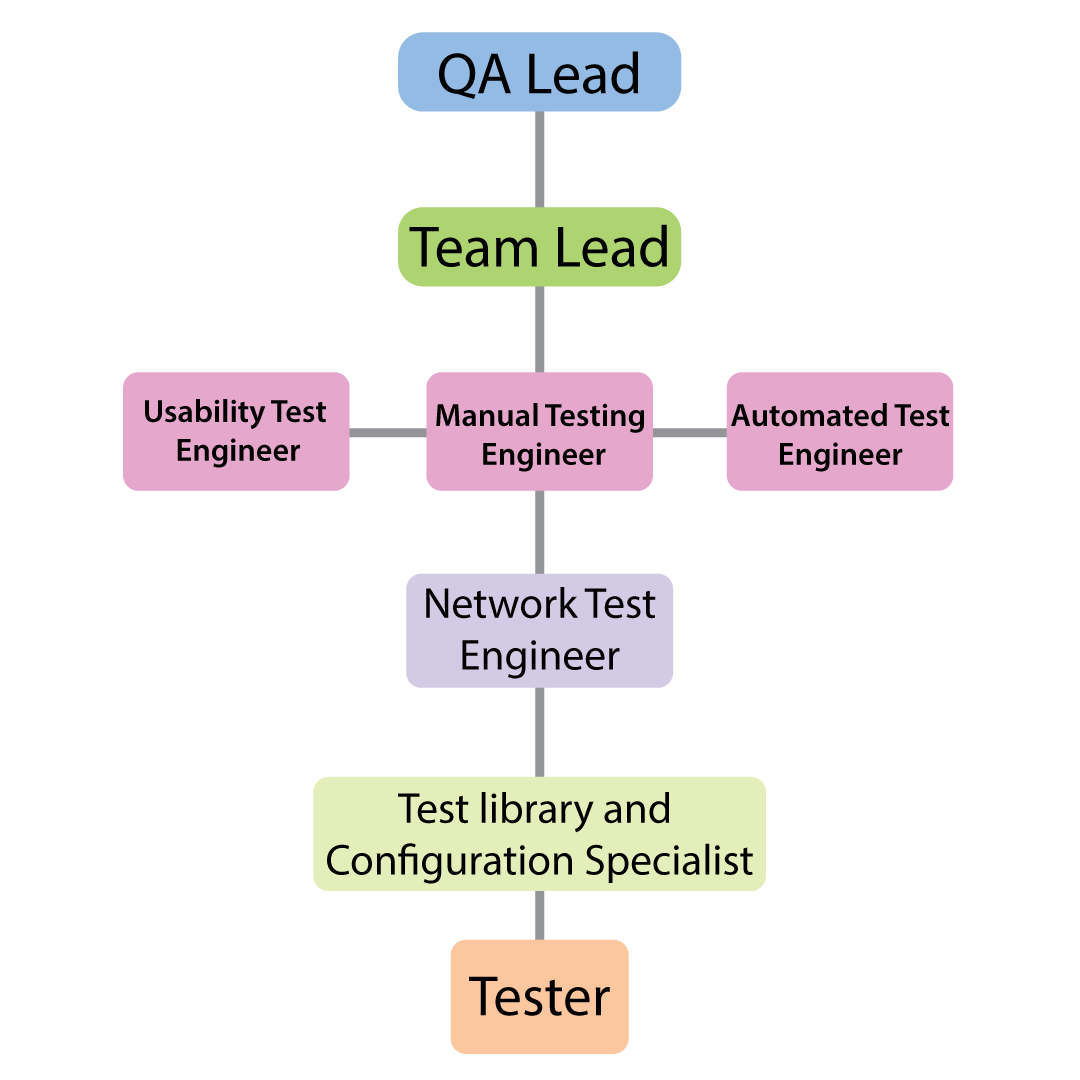
While every company follows a different structure of the testing team, there are a few members who are common in every structure and fulfill the expectations of the team. This includes:
1. QA Leader:
QA Leader is the most important member of the testing team. While it is extremely crucial for him/her to have a clear understanding of the testing process or methodology. It is also essential for him/her to be familiar with the varied test-program concerns such as test environment and data management, trouble reporting and resolution, etc.

The Main Roles and Responsibilities handled by the QA leader are:
- Acts as a point of contact for inter and intra departmental interaction
- Represents the software testing team as well as enables customer relationship
- Deciding the test budget and schedule
- Identifying the testing activities for other team members like testers or test engineers
- Planning the entire testing process
- Checking the availability of the resources to execute testing activities
- Identifying if the process of testing is going in sync with the software development
- Preparing the status report of testing activities
- Sharing updates on testing with the project manager
- Planning pre and post-test meetings
Salary of A QA leads leading IT booming countries
- India – Rs. 659000 – 1230000 / year
- USA – $50,000 – $ 104,000 / year
- Singapore – S$ 3000- S$ 6,000
- Canada – CA$65,000 – CA$97,000
- Hong Kong – HK$58,000
2. Test Lead
With a clear understanding about the applications business area and its requirements, a test lead is a person who is also familiar with the varied test-program issues such as test data management, test design, and test development.
His/her expertise in numerous technical skills such as programming languages, database technologies, and computer operating systems also enable him/her to deliver the best at his/her job.
The Major Role and Responsibilities of a Test Lead include the following:
- Technical expertise related to the test program and approach.
- Provides support for customer interface, staff planning, and supervision, as well as progress status reporting.
- Validating the quality of the testing requirements such as testability, test design, and script, test automation, etc.
- Staying updated about the latest test approaches and tools
- Assisting the software testing team to be aware of the latest trends in the world of software testing.
- Arranging walk-through for test design and procedure.
- Implementing the test process.
- Ensuring that test-product documentation is complete.
Salary of Test leads in IT booming countries
- India – Rs. 549,000 – Rs. 1525,000
- USA – $73,000 – $92000
- Singapore – S$103,000
- Canada – CA$42,000- CA$105,000
3. Test Engineer
The role of a test engineer is to determine the best way to create a process that can enable one to test a particular product in the best possible manner.
Test engineers can have different expertise based on which they are assigned a role in a company.
Some of the common test engineers working in an organization are as mentioned below:
Know More: 21 Best Programming Movies Software Testers must watch
a) Usability Test Engineer
These engineers are highly proficient in designing test suites as well as have a clear understanding of the usability issues. With excellent interpersonal skills, they are also skilled in test facilitation. Some of their common job roles include:
- Designing the usability testing scenarios
- Administering the process of usability testing
- Developing test-product documentation
- Participating in test-procedure walk-through
b) Manual Test Engineer
With a clear understanding of the Graphical User Interface (GUI) design and its standards, manual test engineers are highly proficient in designing test suites and various testing techniques. Some of the major responsibilities of these engineers include:
- Using associated test data to design and develop test procedures and cases
- Manually executing the test procedures
- Attending test-procedure walk-through
- Following the required set standards

c) Automated Test Engineer
Also known as Automater/developer, these engineers also have a good understanding of the GUI design and software testing. They can also be relied upon for designing the effective test suites as well as efficiently working with test tools. Some of the common roles handled by them are:
- Designing and developing test procedures on the basis of requirements
- Following rest-design standards
- Attending test procedure walk-throughs
- Executing the tests and preparing reports for the same.
Salary of Test Engineers in IT Booming Countries
- India – Rs. 284,000 – Rs. 799,000
- USA – $ 71,000 – $ 107,000
- Singapore – S$46,000 – S$75,000
- Canada – CA$49,000 – CA$85,000
4. Network Test Engineer
With a high level of proficiency and expertise in a variety of technical skills such as programming languages, database technologies, and computer operating systems, network test engineers are good at product evaluation and integration skills.
Their Major Roles at an Organization include:
- Performing network, database, and middle-ware testing
- Developing load and stress test designs, cases and procedures
- Implementing the performance monitoring tools on an ongoing basis
- Conducting load and stress test procedures
Salary of Network Test Engineers in IT booming countries
- India – Rs. 477,000 – Rs. 946,000
- USA – $56,000 – $91,000
- Singapore – S$39,000 – S$52,000
- Canada – CA$58,000
5. Test Library and Configuration Specialist:
This job role requires one to have a network, database, and system administration skills along with expertise in technical skills including programming languages, database technologies, and computer operating systems. Their major job roles include the following:
- Managing the test-script change
- Maintaining test-script version control
- Upholding test-script reuse library
- Creating test builds, wherever required
6. Tester
Having a sound knowledge about various concepts involved in test designing and execution methodologies, a software tester is the one who is able to interact efficiently with the development team. His/her major roles as a part of software testing team includes:
- Designing the testing scenarios for usability testing
- Analyzing the testing results and submitting the report to the development team
- Creating test designs, processes, cases and test-product documentation
- Conducting testing as per the set standards and procedures
- Ensure that the testing is carried out as per the defined standards and procedures
Salary of Testers in IT booming countries
- India – RS. 184,000 – Rs. 782,000
- USA – $39,000 – $87,000
- Singapore – S$31,000 – S$69,000
- Canada – CA$36,000 – CA$81,000

Conclusion
While it is crucial for every member of the testing team to fulfill his/her job responsibilities diligently, it is also important to ensure that the software testing team is properly structured and has well-defined responsibilities. Making testing a fun task instead of a serious job responsibility.
Recommended For You: What is Automation Testing? Techniques, Best Practices, Tools, and Advantages.

